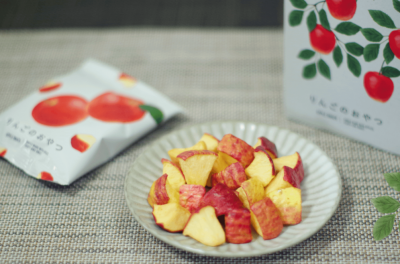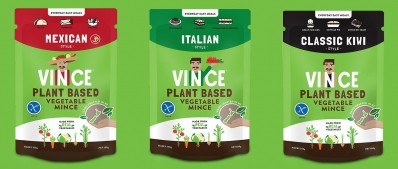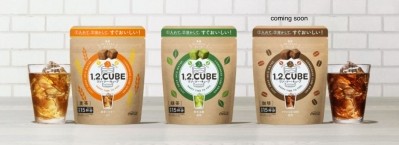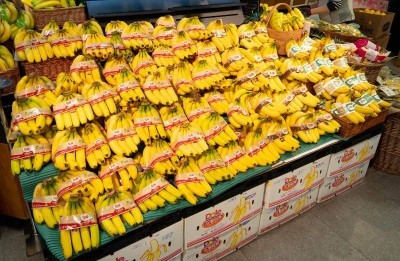Going green: Snack giant Calbee switches to renewable electricity sources at Kagamihara factory
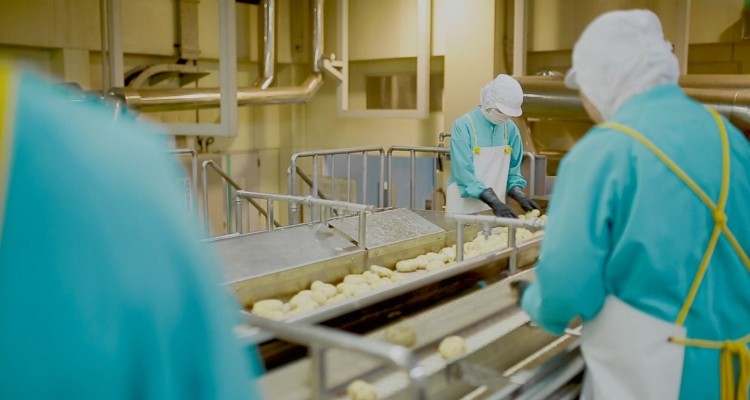
The manufacturer has opted to purchase electricity directly from Chubu Electric Power, which comes from renewable hydro and solar sources, instead of using the government’s the J-credit system to offset its greenhouse gas emissions.
The Kagamihara factory mainly produces potato chips, kataage potato, Jagarico and Jagabee.
According to Satoshi Yoshida, manager at Calbee’s public relations department, it means that the Kagamihara factory will now emit zero greenhouse gas through its electricity consumption.
This is part of Calbee’s medium-term management plan, which was formulated in 2019, with a goal to reduce total greenhouse gas emissions by 30% by 2030.
Cutting emissions
In Japan, the government pledged to reduce the country’s greenhouse gas emissions by 46% from 2013 to 2030.
Businesses can do this through generating their own renewable energy, buying electricity from outside, or using the J-credit system.
Most commonly used is the J-credit scheme, which acts as a carbon credit system, helping companies offset their own greenhouse gas emissions.
It is issued by the government which certifies the reduction or absorption of greenhouse gas emissions (such as CO2) through the installation of energy saving machine/equipment and environmentally friendly initiatives (such as forest management).
The credit system provides incentives for companies to convert their sources of energy to more renewable ones. In addition, credits can also be sold to other companies.
However, this system may result in companies thinking that purchasing the credit is enough for their sustainability strategy and may not help decrease their dependence on fossil fuel.
Another way was generating their own energy.
According to Yoshida, it is increasingly more common in Japan to see factories equipping solar panels on roofs. However, cost, labour and time is a factor for many companies, especially small and medium enterprises.
Yoshida added that direct purchase arrangements of renewable electricity is relatively new in Japan.
Adding that Calbee’s new arrangement could more “genuinely contribute towards reducing emissions and supporting renewable energy expansions.”
Packaging works
As part of its mission to reduce greenhouse gas emissions, Calbee also made changes to the size of its packaging last year.
For some of its products, the width of the packaging was shortened from 200mm to 180mm, and length increased from 230mm to 260mm.
According to the company, this move reduces the use of corrugated cardboard used for transporting the product and improves loading efficiency during transportation.
It is expected that carbon dioxide emissions during corrugated board manufacturing can be reduced by about 11% and the number of trucks used can be reduced by about 9%.
